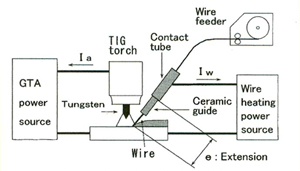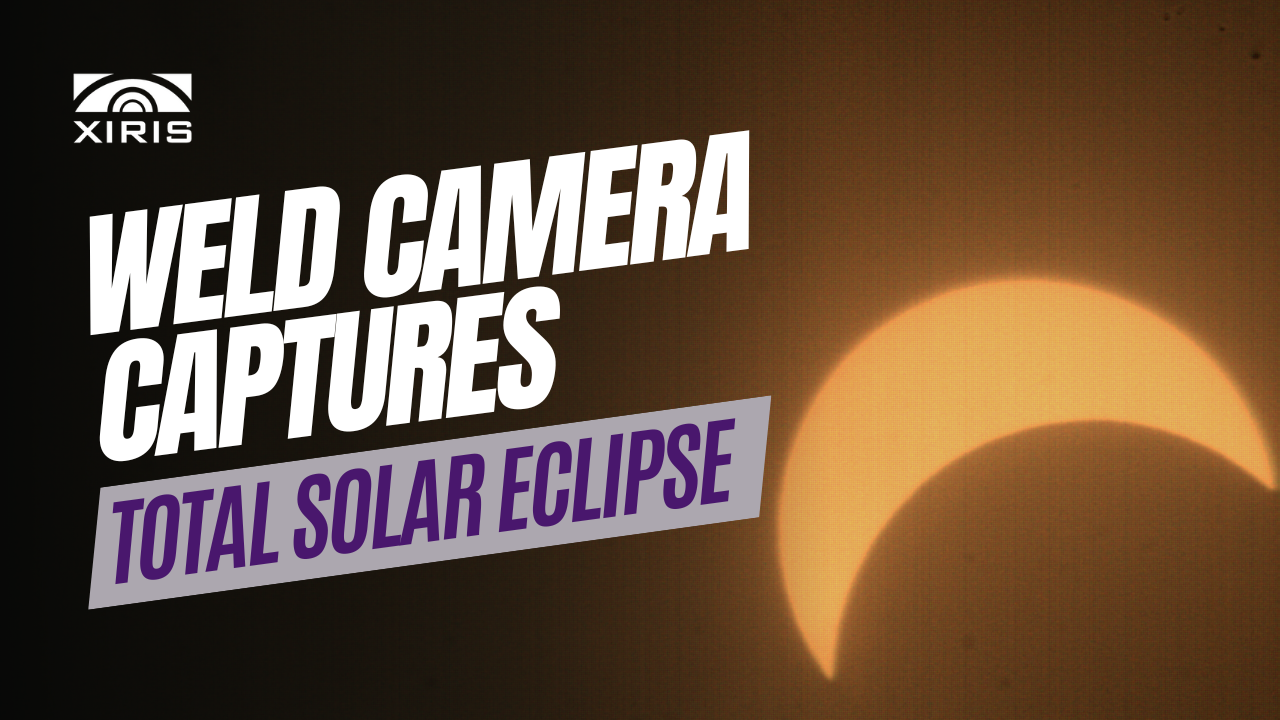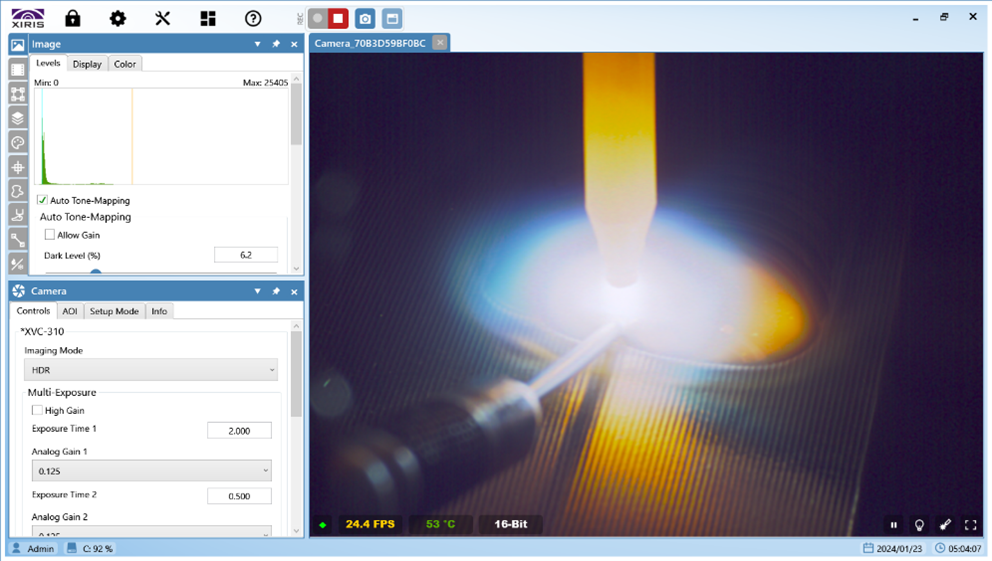With the development of specialized, automated hot wire equipment, hot wire Gas Tungsten Arc Welding (GTAW) has emerged as a productive, high-quality process for many Narrow Groove Welding applications.
Because hot wire technology is conducive to automation, it fits in well with the trend toward automating GTAW (a.k.a., TIG) processes. In manual GTAW, the hot wire method is largely impractical, but as automation has spread, the popularity of hot wire GTAW has also increased. Industries such as nuclear power generation, oil and gas, and valve manufacturing are increasingly using hot wire GTAW for automated Narrow Groove Welding and hardfacing (overlay/cladding) applications.
However, automated hot wire GTAW still faces the problem that’s encountered in all automated welding processes —how to control key weld characteristics when they can’t be seen directly. Without a remote weld monitoring solution to see what’s happening with the weld, suitable process and quality control cannot be achieved.
Fortunately, Weld Cameras have advanced along with automated hot wire GTAW technology. The best Weld Cameras can now provide clear, detailed images of a narrow groove weld scene, without slowing the hot wire GTAW process.
The Development of Hot Wire GTAW
Historically, the advantages of the high-quality welds possible with GTAW have been offset by the process’s low deposition rates. But the hot wire method speeds up those rates, making GTAW feasible in many applications where it wasn’t before.
Unlike traditional GTAW, in which the filler wire is added cold and arc energy heats it, hot wire GTAW systems use a second power source to resistance-heat the wire so that it's already near the melting point when it's added to the weld puddle. This results in a much faster travel speed, while also producing nicer-looking weld beads, with little or no sacrifice in weld strength compared to the cold wire method.

Principles of Hot Wire GTAW
The hot wire method has been tried on other welding processes, but its worth in those applications has been limited compared to Laser Beam Welding (LBW) and GTAW, where its increased speed is so important in overcoming the traditional slowness of the process. Automated hot wire GTAW is particularly valuable in Narrow Groove Welding on materials that require high-quality welding processes (e.g., 300 series stainless steel, duplex stainless steels, nickel-based alloys, and reactive metals such as titanium).
The Development of Weld Cameras
The introduction of High Dynamic Range imaging to Weld Cameras has given them the capability to provide good visibility of Narrow Groove Welding—providing fabricators with the tool they need to maximize the benefits of hot wire GTAW.
Unlike standard cameras, which can only image a brightness range of about 50-60 dB, High Dynamic Range cameras can image a brightness range of more than 120 dB—which is enough to simultaneously image both the super-bright arc region and the dark background of a weld. Therefore, with a High Dynamic Range camera integrated onto the weld head, operators can “see” the key weld characteristics during Narrow Groove Welding with no need to slow the process by stopping to change lighting.
Welding automation has numerous benefits, but this operator visibility of the narrow groove weld in real time is necessary to ensure superior-quality welds and maximize productivity. Operators are still smarter than machines!
Conclusion
Hot wire GTAW for Narrow Groove Welding or hardfacing applications is a very promising technology, and its use will likely continue to increase in coming years. But its success is dependent on how well the process can be controlled, and the maximum control can be achieved through in-process operator monitoring of the weld. By far the best solution available to achieve that monitoring is a Weld Camera with High Dynamic Range imaging, directly integrated into the automated hot wire GTAW system.
Image: Katsuyoshi,Hiroshi, M. Toshiharu, and H. Watanabe; Quarterly Journal of the Japan Welding Society.
For more source and videos, visit our free welding resource library







